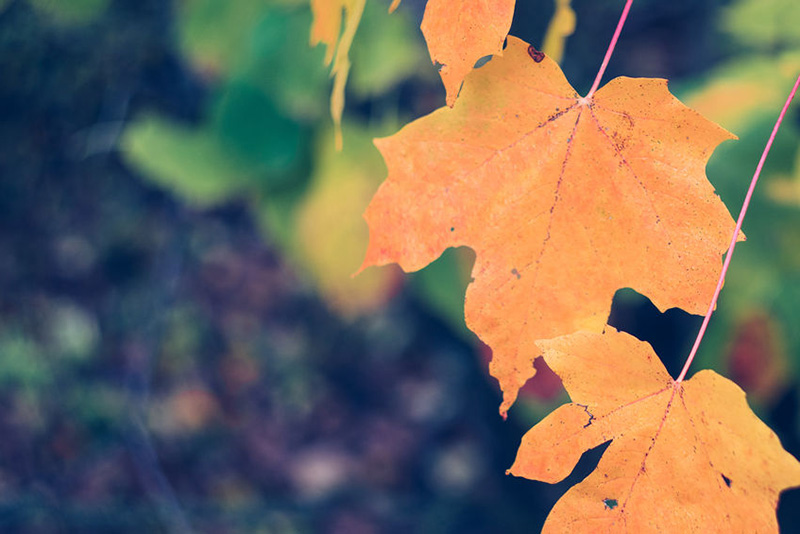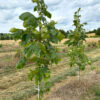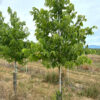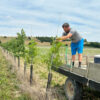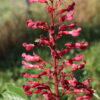Ilex opaca, the American holly, is a medium-sized broadleaf evergreen tree, typically ranging in size from 20-30 ft tall in northern parts of its range to sixty feet or more
Acer saccharum, commonly known as sugar or rock maple, is a large, deciduous, climax-forest tree, usually growing 80 to 120 ft (occasionally 135 ft) tall in the wild. It is
Quercus palustris, the pin oak, is a medium to occasionally large deciduous tree, usually growing 50 to 70 ft tall in the wild; sometimes reaching 100 ft under ideal conditions.
Tilia americana, the basswood or American linden, is a medium to large deciduous tree, often growing to 80 to 100 ft tall in the wild. It is native to east-central
For April, we are featuring an under-used performer for the shrub border or high-canopied shady areas, the bottlebrush buckeye, Æsculus parviflora. One of eight species of buckeye native to North
February’s Featured Native is Pinus virginiana. Commonly called Virginia or scrub pine (or Jersey pine in a certain state to our northeast), Pinus virginiana has been a long-ignored native evergreen
For December, we’re featuring one of our finest native species for winter interest—the common winterberry (Ilex verticillata). Native to most of the northeastern third of the United States; from Wisconsin
One of the most up-and-coming native trees over the past twenty years is black gum or tupelo (Nyssa sylvatica). Native to the United States east of the Mississippi River as
Carpinus caroliniana (American hornbeam or musclewood) is an attractive but seldom-utilized native tree that excels in small landscapes, especially in moister and shadier situations. Native to almost all of the
Cladrastis kentukea (American yellowwood) is possibly the most unique ‘native’ tree of eastern North America. ‘Native’ because its current range is primarily restricted to scattered outcroppings in the Ozarks and



